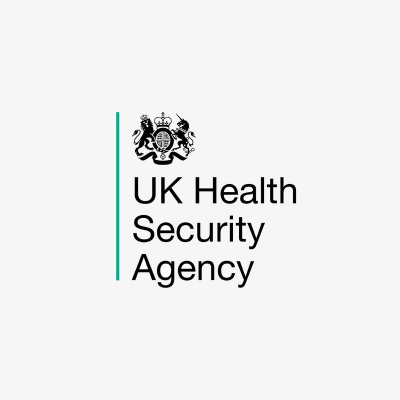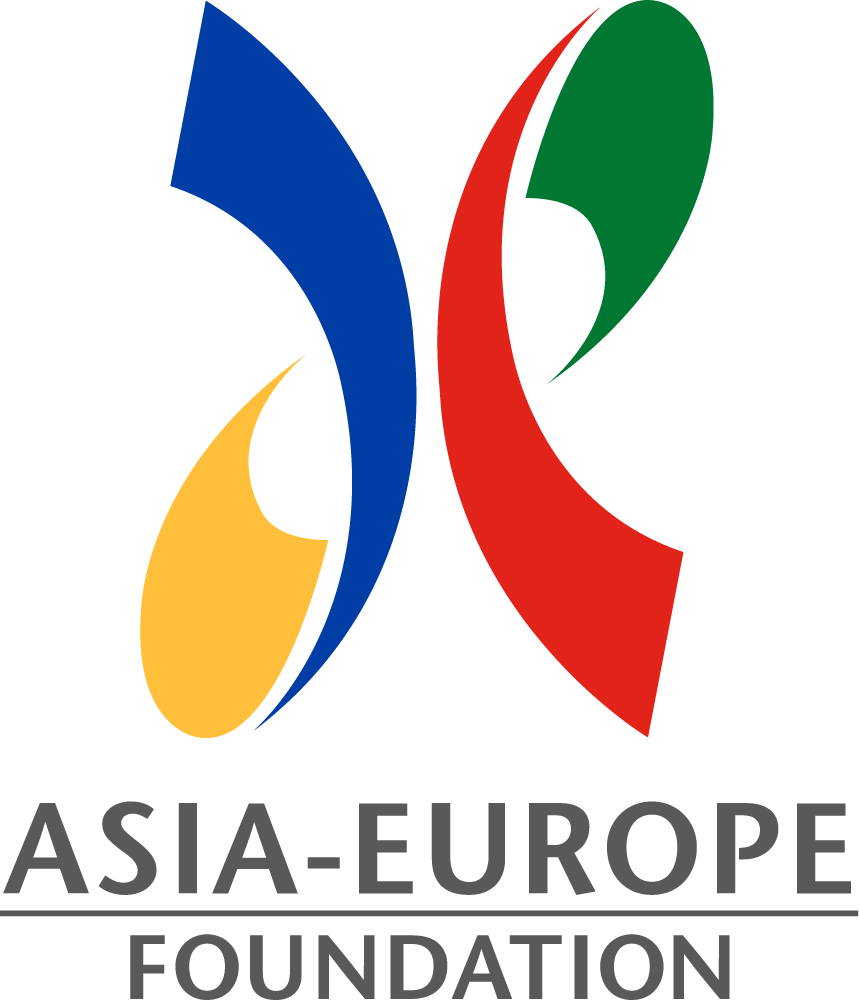WHO counts on the support of over 800 collaborating centres to do its mandated work and implement its programmes. To find out what these WHO collaborating centres are and their area of work with WHO please visit the database. You can also learn more about the WHO collaborating centres here.
Neighbouring Countries





24 - 26 July 2024
01 - 04 December 2016
18 - 22 September 2017
30 - 31 January 2019
29 - 30 August 2019
15 - 17 May 2018
30 - 01 December 2016
No Data!
Strategic Risk Analysis and Profiling for Health Emergencies
Ground Crossing
Port
Airport
N/A
2023
AMR Self Assessment
No Data!
MPC
Multisectoral Preparedness Coordination
Universal Health Coverage
Sustainable Development Goals
SDG Target 3.b
SDG Target 3.c
SDG Target 6.2
Others
Conducted
2016
NAPHS
No Plan or Plan not publicly available
Influenza Plan
N/A
AMR PLAN
Public Health Emergencies Preparedness
-
 PIP Framework
PIP Framework -
 UK Health Security Agency (UKHSA)
UK Health Security Agency (UKHSA) -
 Asia-Europe Foundation (ASEF)
Asia-Europe Foundation (ASEF)
-
To establish and strengthen influenza surveillance systems, knowledge and capacities for a timely and appropriate response to pandemic influenza
-
To support the UK's New Variant Assessment Platform (NVAP) rollout to Pakistan to enhance the detection and subsequent assessment of SARS-CoV-2 variants
-
To analyse and understand the various plans used for risk communication during the COVID-19 pandemic. Coverage: Asia and Europe
-
Provide Points of Entry technical and strategic support to COVID-19 across Pakistan
-
Provide technical and strategic support to COVID-19 across Pakistan
-
Provide technical and strategic support to COVID-19 across Pakistan
-
Provide technical support for COVID-19 testing laboratories across Pakistan
-
Provide technical and strategic support to COVID-19 across Pakistan
-
Provide technical and strategic support to COVID-19 across Pakistan
-
Provide technical support to COVID-19 testing laboratories across Pakistan
-
Provide testing and surveillance support for COVID-19 across Pakistan
-
To analyse and understand the various plans used for risk communication during the COVID-19 pandemic. Coverage: Asia and Europe
- National Legislation, Policy and Financing
- IHR Coordination, Communication and Advocacy
- Antimicrobial Resistance
- Zoonotic Disease
- Food Safety
- Biosafety and Biosecurity
- Immunization
- National Laboratory System
- Real-Time Surveillance
- Reporting
- Workforce Development
- Preparedness
- Emergency Response Operations
- Linking Public Health and Security Authorities
- Medical Countermeasures
- Risk Communication
- Points of Entry (PoEs)
- Chemical Events
- Radiation Emergencies
- National Institute of Infectious Diseases (NIID)
- AFENET
- Africa Centres for Disease Control and Prevention (Africa CDC)
- African Society for Laboratory Medicine (ASLM)
- Argentina, National Food Safety and Quality Service (SENASA)
- Asia-Europe Foundation (ASEF)
- Asian Development Bank (ADB)
- Asian Infrastructure Investment Bank (AIIB)
- Australia
- Australia, Department of Foreign Affairs and Trade (DFAT)
- Austrian Development Agency (ADA)
- BDC
- Better Health Moves Humanity Forward (PATH)
- Bill & Melinda Gates Foundation (BMGF)
- Brazil, Ministry of Agriculture, Livestock, and Supply (MAPA)
- Coalition for Epidemics Preparedness Innovations (CEPI)
- Danish International Development Agency (DANIDA)
- Deutsche Gesellschaft für Internationale Zusammenarbeit (GIZ)
- Ending Pandemics
- EpiAFRIC
- EPPR
- European Union
- FAO Emergency Centre for Transboundary Animal Diseases (ECTAD)
- Fleming Fund
- French Embassy
- Fundación Maris Llorens
- GAVI, The Vaccine Alliance
- Global Affairs Canada (GAC)
- International Association of National Public Health Institutes (IANPHI)
- International Federation of Biosafety Associations (IFBA)
- International Federation of Red Cross and Red Crescent Societies (IFRC)
- International Regional Organization for Agricultural Health (OIRSA)
- Japan International Cooperation Agency (JICA)
- Japan International Cooperation System (JICS)
- Lions Clubs International
- Mekong Basin Disease Surveillance (MBDS)
- National Center for Global Health and Medicine (NCGM)
- Norwegian Institute of Public Health (NIPH)
- OPEC Fund for International Development (OFID)
- PIP Framework
- Resolve to Save Lives
- Swiss Agency for Development and Cooperation (SDC)
- The Service for the National Health for Food Safety and Food Quality (SENASICA)
- U.K, Department for International Development (DFID)
- U.N. Food & Agriculture Organization (FAO)
- U.S. Agency for International Development (USAID)
- U.S. Defense Threat Reduction Agency (DTRA)
- U.S. Department of Agriculture (USDA)
- U.S. Department of Defense (DoD)
- U.S. Department of Justice (DoJ)
- U.S. Department of State (DoS)
- U.S. Federal Bureau of Investigation (FBI)
- U.S. National Institutes of Health (NIH)
- UK Health Security Agency (UKHSA)
- United Nations Children's Fund (UNICEF)
- United States Centers for Disease Control and Prevention (U.S. CDC)
- World Bank
- World Health Organization (WHO)
- World Organisation for Animal Health (WOAH)
AMR support activities
- Infection Prevention
- National Action Plan/Policy
- Strategic/Policy Support